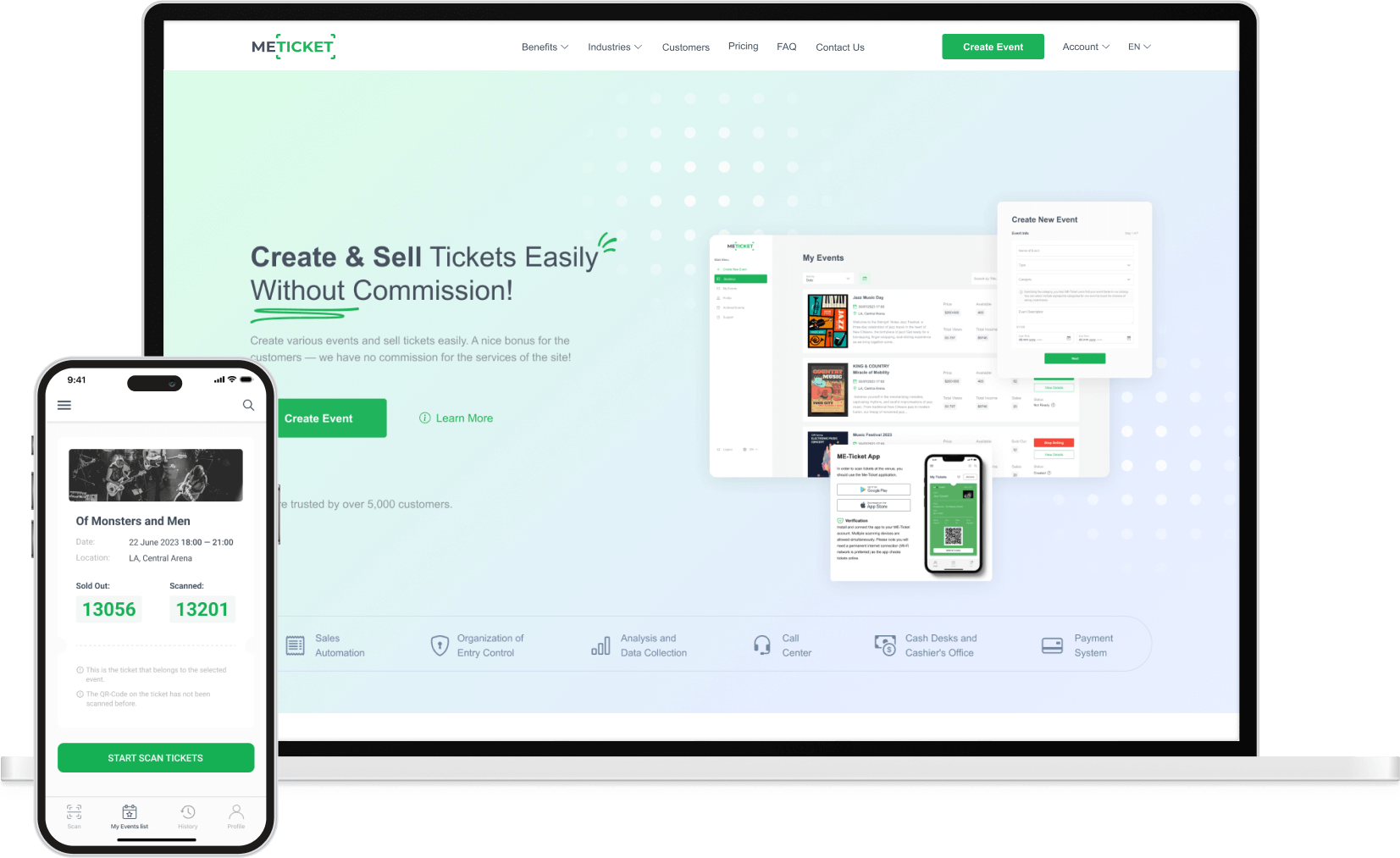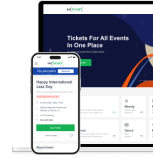Innovations in Special Education: Meeting Diverse Needs
Special education is undergoing a transformative evolution, driven by innovations that aim to meet the diverse needs of students with unique learning requirements. In this exploration, we delve into the groundbreaking innovations that are reshaping the landscape of special education, fostering inclusivity, and empowering students of all abilities.
Innovations in Special Education: Meeting Diverse Needs
Special education is undergoing a transformative evolution, driven by innovations that aim to meet the diverse needs of students with unique learning requirements. In this exploration, we delve into the groundbreaking innovations that are reshaping the landscape of special education, fostering inclusivity, and empowering students of all abilities.


Personalized Learning Plans
1. Individualized Instruction: Traditional one-size-fits-all approaches are giving way to personalized learning plans that cater to each student's specific learning style, strengths, and challenges.
2. Adaptive Technologies: Utilizing adaptive technologies, such as educational software and applications, allows educators to tailor lessons to individual needs, providing a more inclusive and effective learning experience.
3. Data-Driven Decision Making: The collection and analysis of student data enable educators to make informed decisions, track progress, and adjust teaching strategies to better meet the unique needs of each student.
Personalized Learning Plans
1. Individualized Instruction: Traditional one-size-fits-all approaches are giving way to personalized learning plans that cater to each student's specific learning style, strengths, and challenges.
2. Adaptive Technologies: Utilizing adaptive technologies, such as educational software and applications, allows educators to tailor lessons to individual needs, providing a more inclusive and effective learning experience.
3. Data-Driven Decision Making: The collection and analysis of student data enable educators to make informed decisions, track progress, and adjust teaching strategies to better meet the unique needs of each student.
4. Collaborative Team Approach: In a personalized learning environment, collaboration between educators, parents, and specialists is emphasized to create a comprehensive support system for students with diverse learning needs.
Assistive Technologies
1. Speech-to-Text and Text-to-Speech Tools: These tools assist students with varying abilities, allowing them to access and express written content more effectively.
2. Augmented Reality (AR) and Virtual Reality (VR): Immersive technologies provide interactive and engaging learning experiences, benefiting students with different learning styles, including those with autism or ADHD.
3. Communication Devices: Innovations in communication devices empower non-verbal students by providing alternative means of expression, enhancing their participation in educational settings.
4. Sensory Technologies: Tools that cater to sensory needs, such as sensory-friendly apps and devices, create a more comfortable learning environment for students with sensory processing challenges.
4. Collaborative Team Approach: In a personalized learning environment, collaboration between educators, parents, and specialists is emphasized to create a comprehensive support system for students with diverse learning needs.
Assistive Technologies
1. Speech-to-Text and Text-to-Speech Tools: These tools assist students with varying abilities, allowing them to access and express written content more effectively.
2. Augmented Reality (AR) and Virtual Reality (VR): Immersive technologies provide interactive and engaging learning experiences, benefiting students with different learning styles, including those with autism or ADHD.
3. Communication Devices: Innovations in communication devices empower non-verbal students by providing alternative means of expression, enhancing their participation in educational settings.
4. Sensory Technologies: Tools that cater to sensory needs, such as sensory-friendly apps and devices, create a more comfortable learning environment for students with sensory processing challenges.
Inclusive Classroom Practices
1. Universal Design for Learning (UDL): UDL principles promote the creation of flexible learning environments that accommodate diverse learning styles and abilities, reducing barriers to learning.
2. Co-Teaching Models: Collaborative teaching models involving both general and special education teachers create inclusive classrooms where all students can thrive.
3. Social-Emotional Learning (SEL): SEL programs are integrated into special education to support the emotional well-being and social development of students, fostering a positive and inclusive school culture.
4. Peer-Mediated Instruction and Intervention (PMII): Programs that involve peers in supporting students with special needs contribute to a more inclusive environment, promoting social interaction and understanding.
Inclusive Classroom Practices
1. Universal Design for Learning (UDL): UDL principles promote the creation of flexible learning environments that accommodate diverse learning styles and abilities, reducing barriers to learning.
2. Co-Teaching Models: Collaborative teaching models involving both general and special education teachers create inclusive classrooms where all students can thrive.
3. Social-Emotional Learning (SEL): SEL programs are integrated into special education to support the emotional well-being and social development of students, fostering a positive and inclusive school culture.
4. Peer-Mediated Instruction and Intervention (PMII): Programs that involve peers in supporting students with special needs contribute to a more inclusive environment, promoting social interaction and understanding.


Transition and Life Skills Preparation
1. Vocational Training Programs: Special education now places a stronger emphasis on preparing students for post-school life by integrating vocational training programs that build essential job skills.
2. Transition Planning: Individualized transition plans are developed for students with special needs, focusing on a seamless transition from school to higher education, employment, or community living.
3. Life Skills Curriculum: A comprehensive life skills curriculum equips students with the practical skills they need for daily living, enhancing their independence and quality of life.
4. Community Engagement Initiatives: Special education is increasingly incorporating community engagement initiatives that provide students with opportunities to interact with and contribute to their local communities.
Innovations in special education are creating a more inclusive, empowering, and tailored learning experience for students with diverse needs. As personalized learning plans, assistive technologies, inclusive classroom practices, and transition preparation initiatives continue to evolve, the field is moving toward a future where every student, regardless of their abilities, can reach their full potential. These innovations not only transform educational experiences but also contribute to a more inclusive society that values and celebrates the unique strengths of each individual.
Transition and Life Skills Preparation
1. Vocational Training Programs: Special education now places a stronger emphasis on preparing students for post-school life by integrating vocational training programs that build essential job skills.
2. Transition Planning: Individualized transition plans are developed for students with special needs, focusing on a seamless transition from school to higher education, employment, or community living.
3. Life Skills Curriculum: A comprehensive life skills curriculum equips students with the practical skills they need for daily living, enhancing their independence and quality of life.
4. Community Engagement Initiatives: Special education is increasingly incorporating community engagement initiatives that provide students with opportunities to interact with and contribute to their local communities.
Innovations in special education are creating a more inclusive, empowering, and tailored learning experience for students with diverse needs. As personalized learning plans, assistive technologies, inclusive classroom practices, and transition preparation initiatives continue to evolve, the field is moving toward a future where every student, regardless of their abilities, can reach their full potential. These innovations not only transform educational experiences but also contribute to a more inclusive society that values and celebrates the unique strengths of each individual.


















